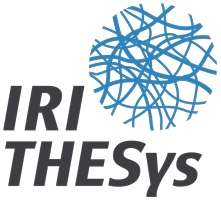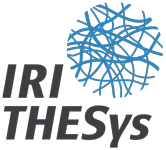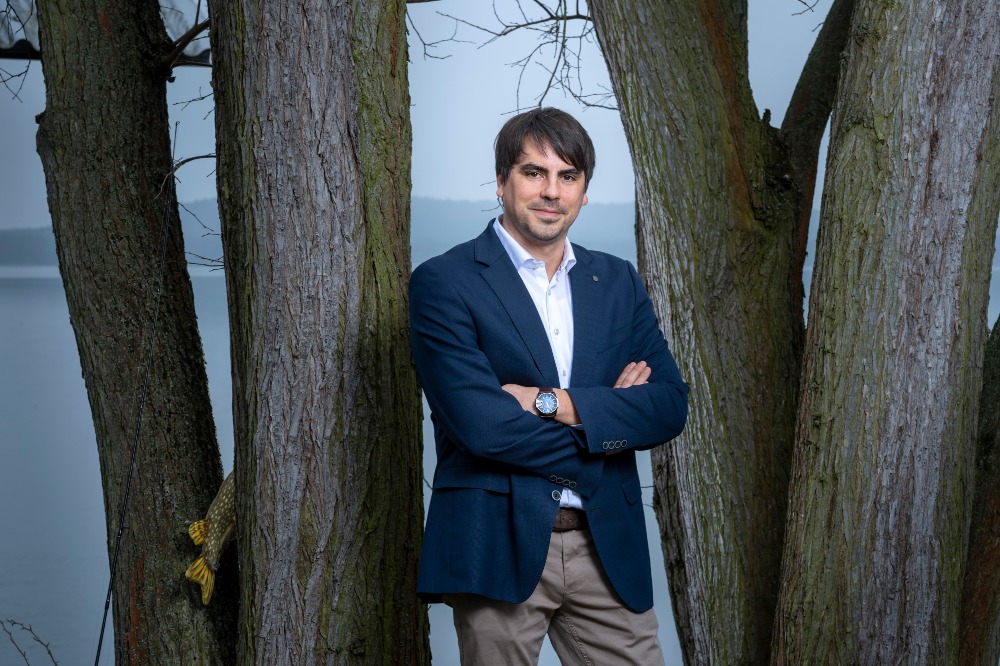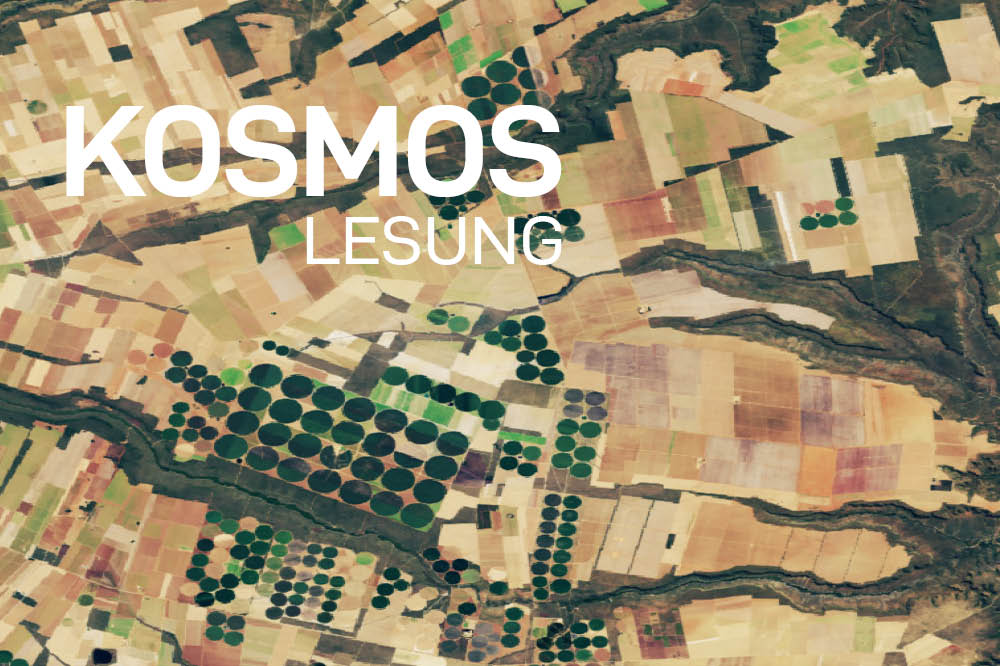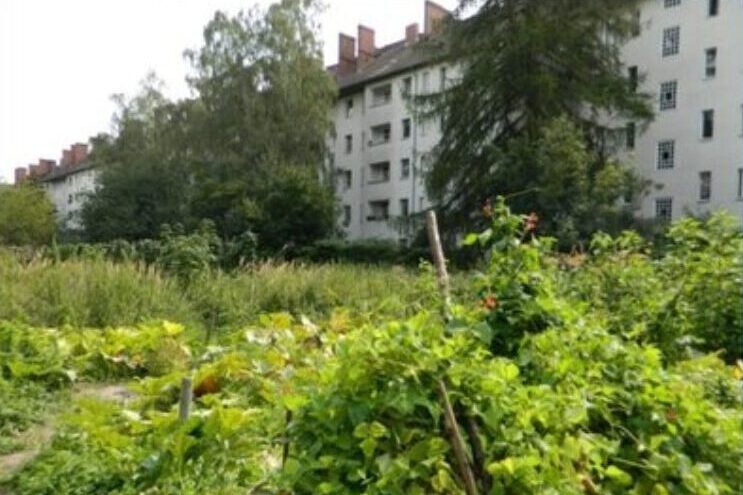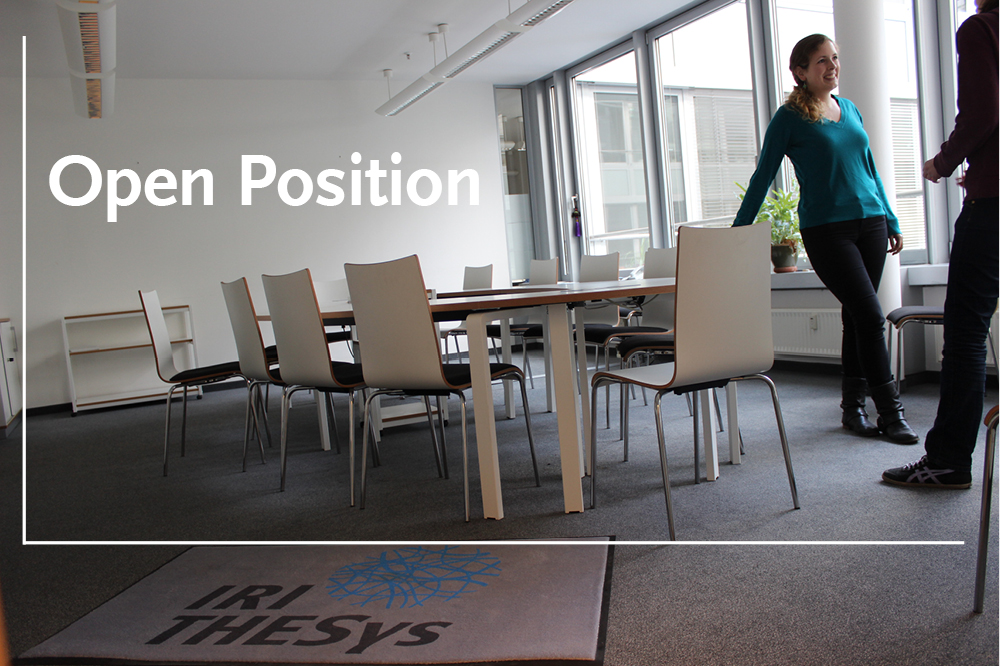A new paper by THESys member Ina Säumel and her colleague Simone Sanft (FU Berlin) shows how the pandemic exacerbates existing inequities and negative impacts in urban neighborhoods.
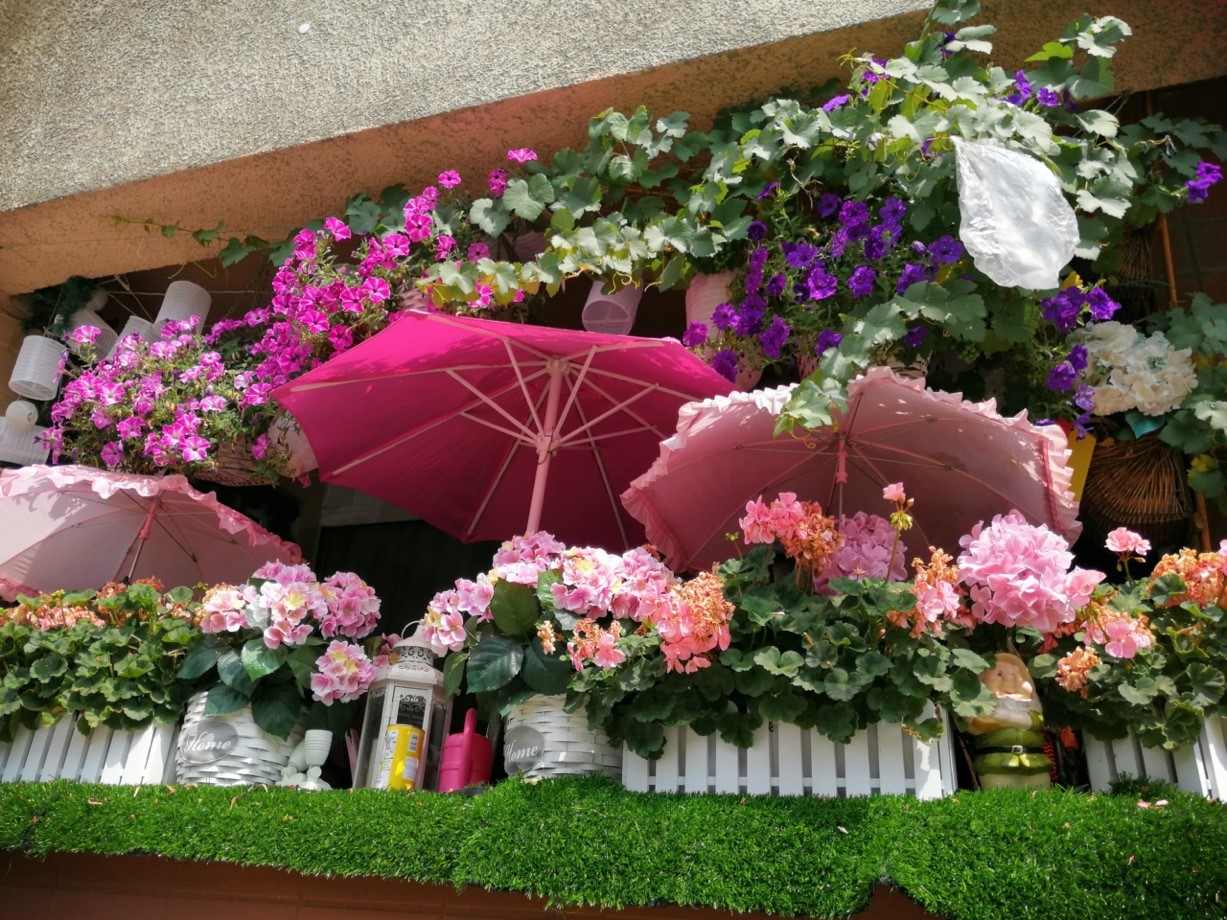
Changing use and perception of residential greenery in multistory housing in Berlin
The pandemic exacerbates existing inequities and negative impacts in urban neighborhoods. Environmentally and socioeconomically disadvantaged neighborhoods are particularly vulnerable as residents have limited means to cope with the crisis. The paper of Ina Säumel (HU Berlin) and Simone Sanft (FU Berlin) explores the impacts of the COVID-19 crisis in Berlin neighborhoods, that have been previously by the group before the pandemic and highlights that the weakness and shortcomings of our lifestyles and governance modes have produced collateral damages, particularly to vulnerable groups we claimed to protect, such as children, the younger generations and the elderly. It highlightes the crucial role of residential greenery in dealing with inequalities in the urban living space, and the need to conserve, restore and re-design residential green to enhance health and the resilience of our cities. Designing an inclusive and actively usable ‘green living room’ will reduce the divides not only in times of pandemics and re-connect neighbors as ‘social tissue’ of our neighborhoods.
Publication
Säumel, Sanft, 2022. Crisis mediated new discoveries, claims and encounters: Changing use and perception of residential greenery in multistory housing in Berlin, Germany. Urban Forestry & Urban Greening. https://doi.org/10.1016/j.ufug.2022.127622
